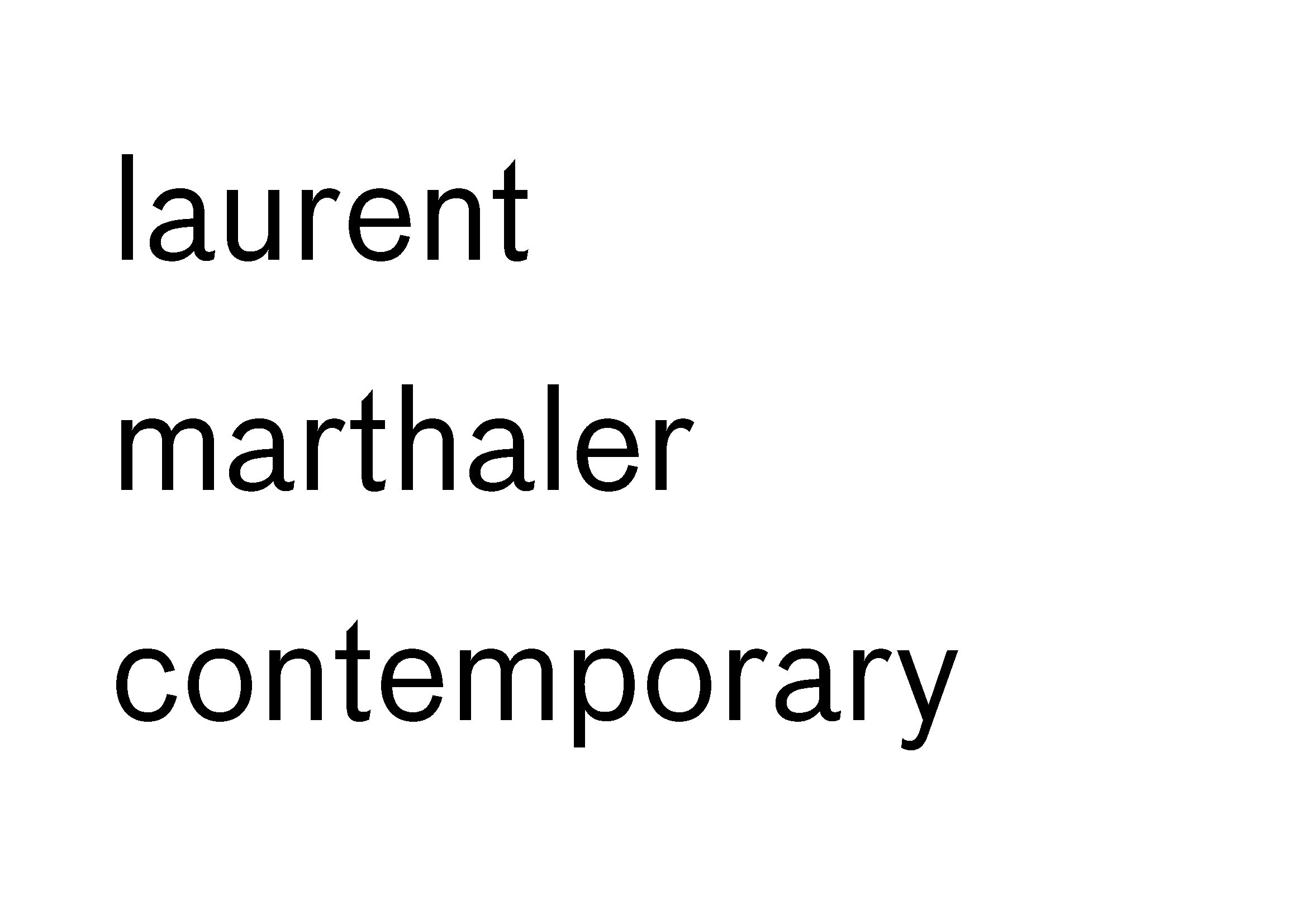Nicolás Lisardo, Las Palmas de Gran Canaria, 1978.
He studied a double degree in Interior Design and Design Culture at the Escola de Art i Disseny EINA, part of the Autonomous University of Barcelona. During these years of training, the artist developed a critical perspective on society, focusing on its form and artifice. Before thebrick crisis of 2008, he reflected on the search for answers to an urbanism that he considered alienating and decadent. At the same time, he experienced a situationist drift in the manner of détournement in the dismantled industrial spaces of Poble Nou. He reclaimed these spaces through clandestine actions, painting on railway tracks, plots of land, and abandoned factories, which later informed the critical framework of his future artistic projects.
In 2015, now in Las Palmas, he shifted his focus towards research, developing a project called Umiaya in Search of the Interstitial Space, which he continues to work on. The goal is to generate new theories about the history and cultures that arrived in Las Palmas, Canary Islands. In 2018, he decided to explore the possibility of exhibiting in galleries, with the help of his mentor, gallery owner Manuel Ojeda. Soon, they forged a relationship that redirected his attitudes and abilities towards the realization of what today can be defined as his personal style.
In 2023, he published his first book, Neodramatismo, with a prologue written by Fernando Castro Flórez. The book is an essay infused with knowledge, developed through experiential learning. It not only justifies the reason for his work but also defines the issues plaguing contemporary society, accompanied by a profound ethical and humanistic discourse.
Since 2021, he has been teaching design courses in several art and design schools in the Canary Islands. He is currently working with two galleries in Spain: the Manuel Ojeda Gallery in Las Palmas de Gran Canaria and Laurent Marthaler Contemporary in Montreux, Switzerland, with whom he is exhibiting in the USA. His work continues to evolve, with four distinct lines that define his ongoing creative process.

